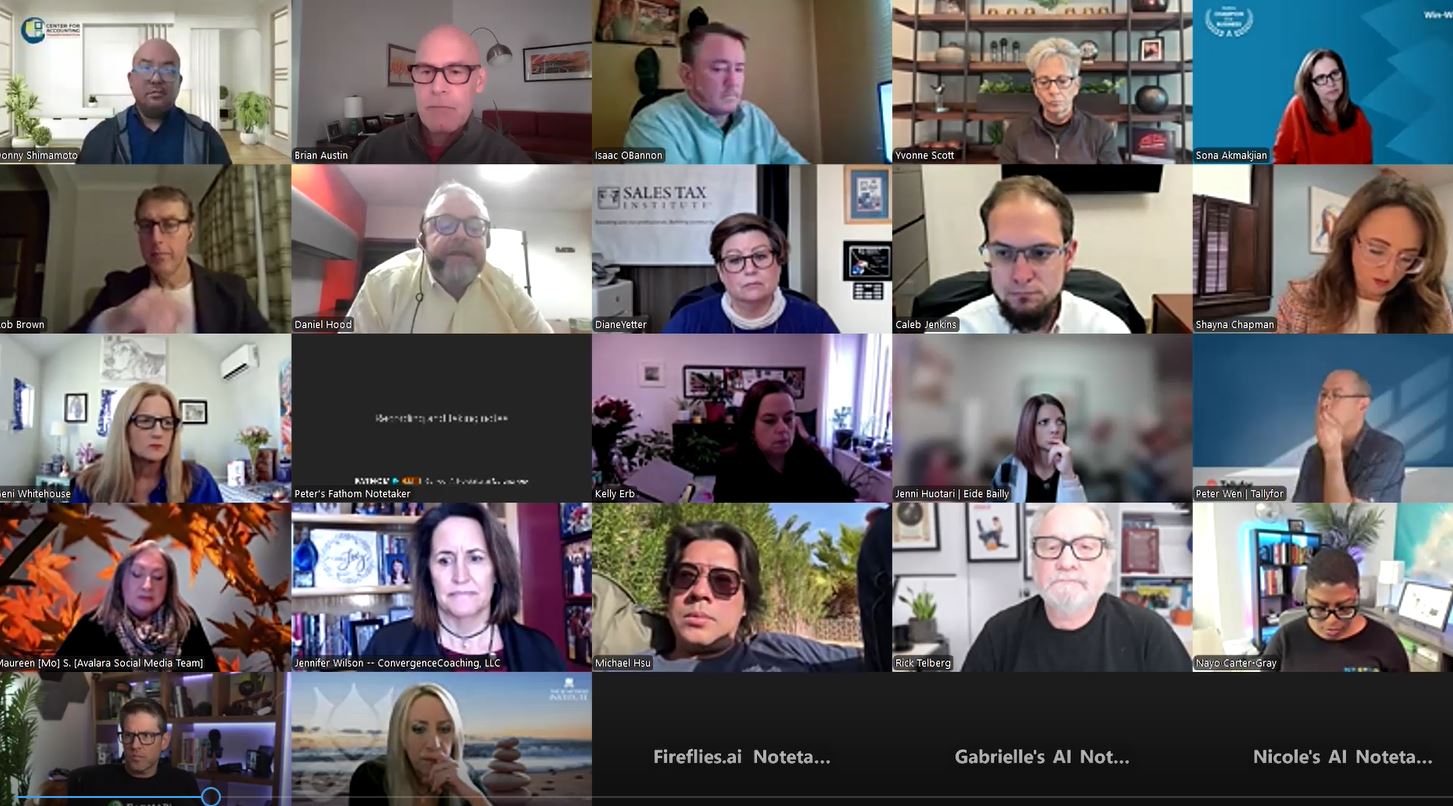For some people, video conferencing with clients and team members was innovative and new in April of 2020. Several months into a global pandemic, much of the world has been using the technology for a while, and people are looking for new ways to immerse themselves in virtual collaboration. Enter the Spatial Web.
What is the Spatial Web?
The Spatial Web, also known as Web 3.0, refers to computing environments in a three-dimensional space. Perhaps you’ve heard of virtual reality (VR) headsets like the Oculus Rift, but these headsets aren’t just for gaming anymore.
The next generation of interfaces will be glasses or even contact lenses that allow us to interact with contextual, real-time information, merging the digital and physical worlds.
Facebook, Google, Apple and other major companies are investing big in these technologies. Tim Cook predicts that Apple Glasses, the company’s augmented reality eyewear that is expected to launch in 2022, will replace the iPhone.
While full realization might be five to 10 years away, now is the time for accounting professionals to understand what this next level of computing entails and how to can create new value for our firms and our clients.
Not just another virtual event
Over the past few months, just about every event you would have attended in person has gone virtual: from family holidays to industry conferences. Unfortunately, the bar has been set low by the masses. “Virtual conferences” turn into all-day webinars. There’s little to no interaction aside from a few polling questions, so people tend to check out, responding to email and carrying on with their normal workday while the conference carries on in a side browser. It’s understandable why many people aren’t bothering with them anymore – unless, of course, they need the CPE.
For our Boomer Technology Circles Summit in August, we were committed to delivering an interactive and engaging to our members and sponsors. After evaluating several options, we chose to host the Summit on VirBELA, a virtual environment with presentation tools and avatar interactions that allowed attendees to meet as a group, break out into small groups and even have one-on-one meetings as easily as they could in a physical space. The event was a huge success, and we’ve used VirBELA for internal team meetings and other events since then.
The Spatial Web will take such events to the next level. No matter how interactive we make online events right now, the web today is flat. We share and absorb information through a flat screen. The Spatial Web will take advantage of the convergence of sensors, artificial intelligence, and interconnected networks to blur the line between the physical and online worlds, creating a truly immersive experience.
The Spatial Web will continue to grow. But is it the next big thing? Some tech leaders believe it is for several reasons:
- The pandemic accelerated the adoption of virtual events
- Businesses are looking for ways to reduce costs and increase revenues
- The software is low cost and simple to install and use
Over the next few months, we’ll see many big businesses experimenting and implementing the Spatial Web. Professional athletics will allow fans to purchase virtual front-row tickets to see their favorite teams or even experience the game from their favorite player’s perspective. Sales showrooms can send an Oculus headset to their VIP customers, allowing them to visit the showroom “in-person” without leaving their homes. Customer service and help desk teams will invite customers into a virtual space to show them how to use or fix their products. Companies will hold “in-person” client and internal meetings, team workshops and trainings.
Whether you see these examples as disruptive risks or opportunities depends on your mindset, but it’s sure to bring about new service models, methods for collaboration and productivity.
For accounting firm leaders, now is the time to start to research and experiment with these technologies. While your clients might not build their own Spatial Web, they will likely participate in it. When your clients inevitably start experimenting with it, you will be ready to advise them.
By familiarizing yourself with the use cases and opportunities now, your firm will be better positioned to lead clients instead of having them lead you.
Thanks for reading CPA Practice Advisor!
Subscribe Already registered? Log In
Need more information? Read the FAQs


![gavel1_11537663[1]](https://www.cpapracticeadvisor.com/wp-content/uploads/2020/03/gavel1_11537663_1_.5e6a69aa237a8.png)


